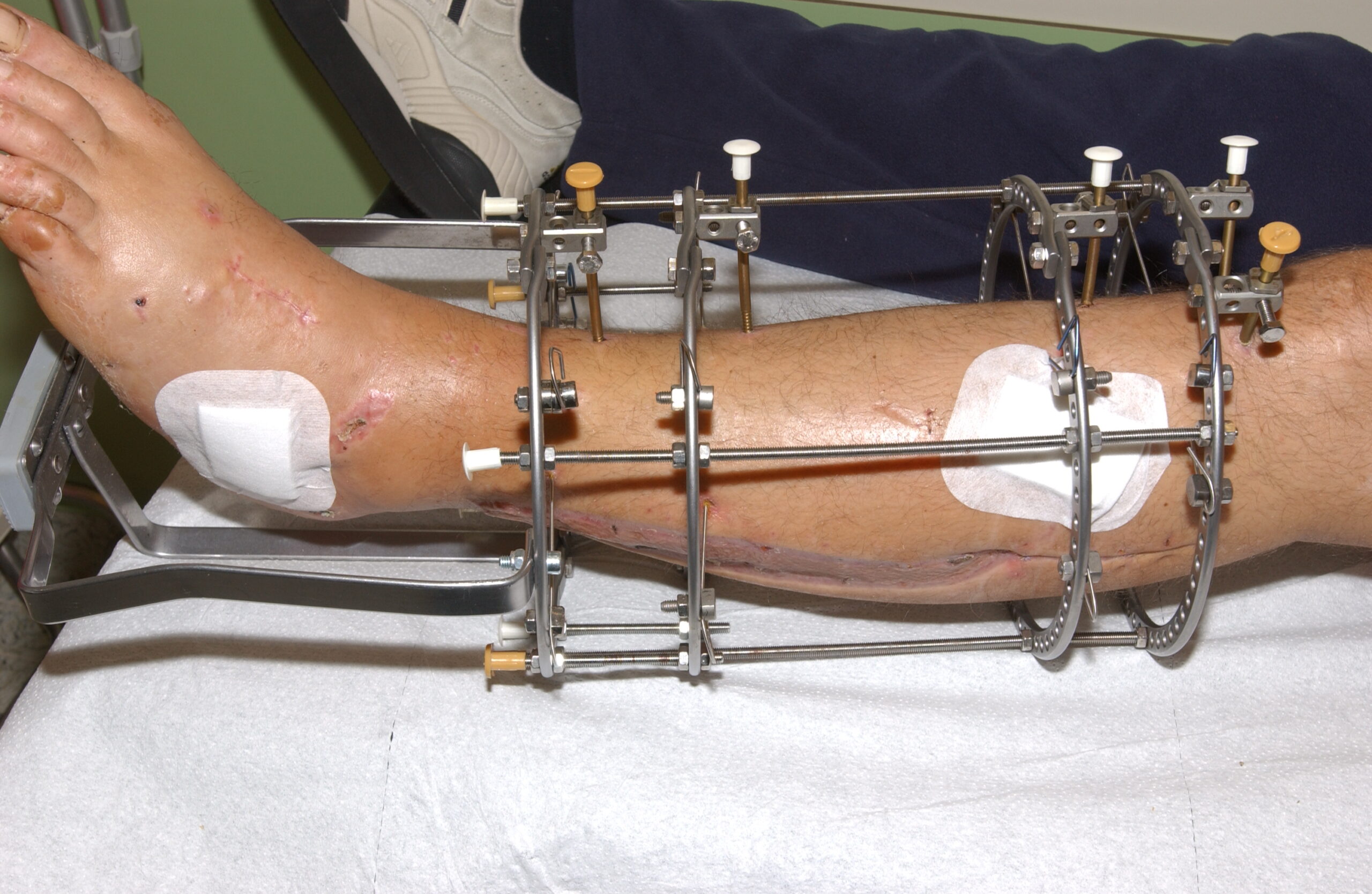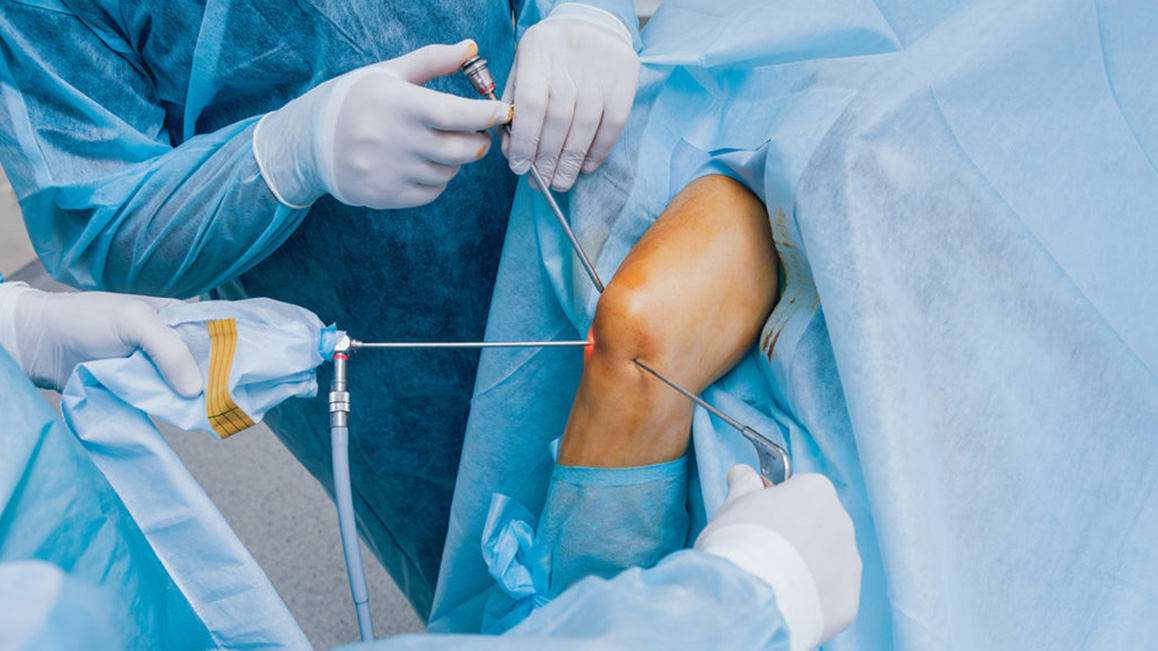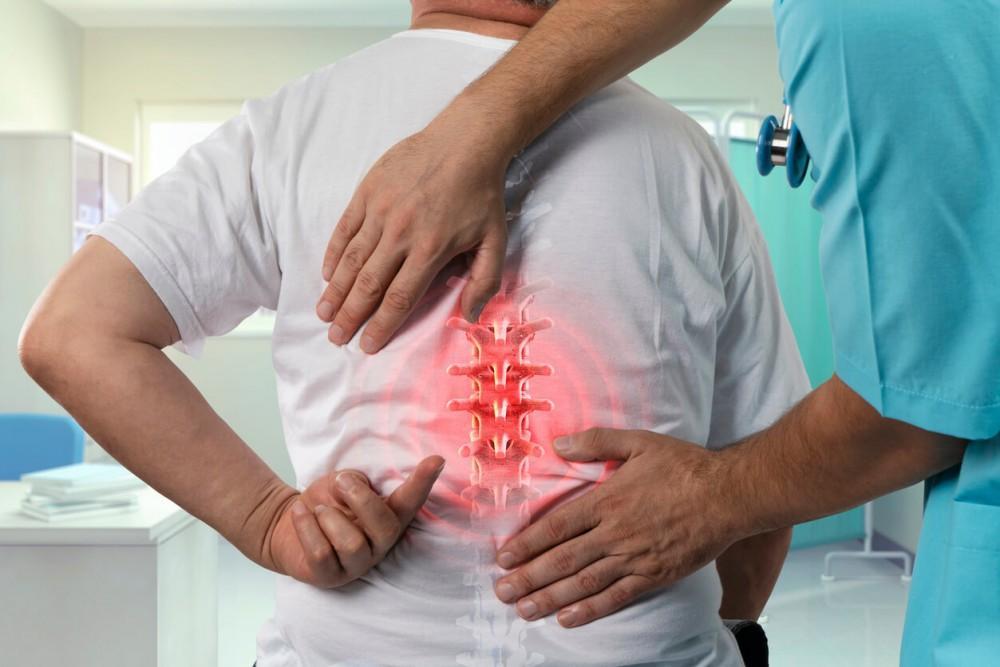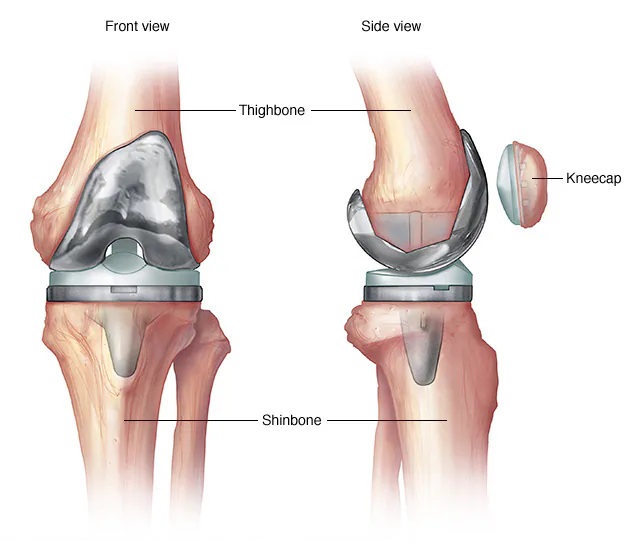
Orthopedic and Deformity Correction Surgeon – A Comprehensive Guide to Specialized Care
Orthopedic deformities, whether congenital or acquired, can significantly impact a person’s quality of life. Fortunately, advances in orthopedic medicine have given rise to highly specialized surgeons who focus on deformity correction, restoring function, mobility, and confidence to patients of all ages. An orthopedic and deformity correction surgeon plays a pivotal role in diagnosing and treating bone and joint abnormalities through innovative surgical and non-surgical interventions.
In this blog, we’ll explore the role of an orthopedic deformity correction surgeon, common conditions treated, the various treatment approaches, and how this specialized care improves lives.
What is an Orthopedic and Deformity Correction Surgeon?
An orthopedic and deformity correction surgeon is a medical professional who specializes in diagnosing, preventing, and treating skeletal deformities. These deformities may affect bones, joints, muscles, ligaments, and tendons, causing pain, limited mobility, and physical deformities. These specialists have advanced training in orthopedic techniques and cutting-edge methods to realign bones, correct deformities, and restore proper function.
Patients with congenital deformities, trauma-related abnormalities, or post-surgical complications often rely on these surgeons for life-changing treatments. They also play an essential role in treating pediatric patients with developmental deformities, helping them lead healthier and more active lives.
Common Orthopedic Deformities Treated by Surgeons
Deformities can affect various parts of the body, such as the spine, limbs, or joints. Below are some of the common deformities treated by orthopedic surgeons:
1. Bow Legs and Knock Knees
These conditions are commonly found in children. Bow legs (genu varum) cause the knees to remain wide apart when the feet are together, while knock knees (genu valgum) make the knees touch while the ankles stay apart. In severe cases, corrective surgery is necessary to realign the bones and improve movement.
2. Clubfoot
A congenital deformity in which one or both feet are rotated inwards. Without correction, the condition can lead to walking difficulties. Treatment involves a combination of casting, bracing, and in some cases, surgery to realign the feet.
3. Spinal Deformities (Scoliosis, Kyphosis)
Spinal deformities involve abnormal curvatures of the spine, leading to postural issues, pain, and limited mobility. Scoliosis refers to a sideways curvature, while kyphosis is characterized by a forward rounding of the back. Surgical and non-surgical methods such as bracing or spinal fusion are used to correct severe cases.
4. Hip Dysplasia
This condition, often diagnosed in infancy, occurs when the hip joint doesn’t form properly, leading to instability or dislocation. Early detection allows for non-invasive treatments such as bracing, but surgical correction may be necessary for severe cases.
5. Leg Length Discrepancy
A condition where one leg is shorter than the other, causing an uneven gait and discomfort. Orthopedic surgeons can employ techniques like limb lengthening or shortening to achieve balance and improve mobility.
6. Blount’s Disease
This growth disorder affects the shin bone, causing the lower leg to angle inward. It’s more common in children and can lead to severe bowing of the legs if untreated. Surgical intervention is often necessary to correct the growth plate issues.
The Surgical Techniques in Deformity Correction
Orthopedic deformity correction surgery aims to restore alignment, balance, and normal function in affected areas. Below are some key surgical approaches used by orthopedic and deformity correction surgeons:
1. Ilizarov Technique
This method involves using a circular external frame to gradually correct bone deformities through controlled bone lengthening. It’s widely used for limb length discrepancies, complex fractures, and deformities.
2. Osteotomy
Osteotomy involves cutting and reshaping bones to correct alignment. It’s commonly performed for patients with joint deformities, such as hip or knee misalignment, and is an effective alternative to joint replacement in younger patients.
3. Limb Lengthening Surgery
In cases of leg length discrepancies, limb lengthening surgery allows bones to be gradually lengthened through the use of an external fixator or intramedullary nail. The process encourages bone regeneration as the gap between the bone ends is slowly increased.
4. Spinal Fusion Surgery
For spinal deformities such as scoliosis or kyphosis, spinal fusion surgery is performed to stabilize the spine by fusing affected vertebrae together. This procedure prevents further curvature and relieves symptoms of pain and discomfort.
When is Deformity Correction Surgery Needed?
While some deformities can be managed with physical therapy, bracing, or orthotics, surgery becomes necessary when the condition:
- Limits daily activities and mobility
- Causes chronic pain or discomfort
- Worsens over time, leading to further complications
- Cannot be corrected with non-surgical methods
Surgeons carefully assess each patient’s condition, factoring in age, severity, and the potential for growth or further deterioration. Early intervention, especially in pediatric cases, can prevent long-term complications and improve quality of life.
Benefits of Deformity Correction Surgery
Orthopedic deformity correction surgery offers numerous benefits that go beyond physical health. Here are some of the positive outcomes:
- Improved Mobility: Correcting deformities can restore normal movement, allowing patients to participate in activities they once found challenging.
- Pain Relief: Many deformities cause chronic pain due to improper alignment or joint wear. Surgery helps alleviate this discomfort.
- Enhanced Appearance: For patients with visible deformities, surgery can provide significant cosmetic improvements, boosting self-esteem.
- Better Quality of Life: Patients often experience greater independence and an improved ability to perform daily tasks after corrective surgery.
Final Thoughts
Orthopedic deformity correction surgeons play a critical role in helping patients overcome physical limitations caused by skeletal abnormalities. With modern surgical techniques and a patient-centered approach, these surgeons provide hope and improved quality of life for individuals living with orthopedic deformities.
Whether you or a loved one is dealing with a congenital condition, trauma, or post-surgical complications, consulting a specialized orthopedic and deformity correction surgeon can be the first step toward recovery and renewed mobility.
Contact Us
If you or someone you know is experiencing an orthopedic deformity, contact our team of expert orthopedic and deformity correction surgeons today. Our personalized care approach ensures that every patient receives the most appropriate and effective treatment for their condition. Start your journey toward improved health and mobility with us!





Leave a Reply